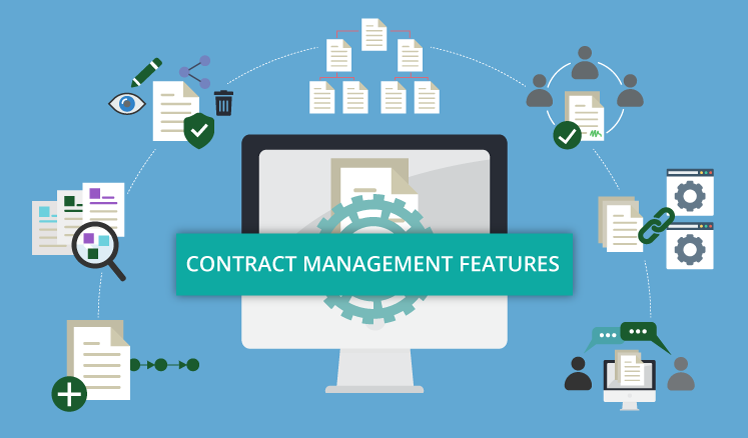When it comes to working arrangements after the Covid-19 pandemic, it’s pretty evident that the hybrid working model and here to stay. However, there’s no denying that the events of 2020 drastically accelerated the uptake of remote working for many companies and demonstrated that office-based workers don’t need to be tethered to the office to remain productive. In that regard, the pandemic changed the parameters where the job gets done forever.
From now on, a lot of skilled professionals would appreciate retaining some form of the regular flexibility brought by the pandemic. In that context, of those who worked remotely during the past two years, 52% would prefer a more flexible working model, while around 30% would likely switch jobs if they are asked to return to the workplace full-time.
So, if you’re a business owner or an executive, you’re probably wondering how you should organize and incorporate this new trend of working within your company. Look no further than below, as here, we’ll provide you with some quick tips on how to engage and manage your hybrid workforce long-term successfully.
4 Tips To Manage Your Hybrid Working Team Long-Term
In essence, the effective leadership of a hybrid working team comes down to practicing inclusiveness and fairness with every worker within your team, irrespective of where they’re working from. This means that managing hybrid teams is a bit like a juggling act. However, in reality, by adding a few additional checkpoints and boosting internal team communication, you’ll soon realize and reap the benefits of hybrid working.
Ensure To Measure The Performance Of Your Team Members In A Fair Way
When working in a hybrid setup, first of all, your focus will have to shift from hours or effort at desks to output based on set objectives. In that regard, regardless of the location of your workers, you must concentrate on the quality of the work they produce rather than how long they spend at their computers and desks.
And to measure the quality of work they produce, you might want to consider getting workforce analytics software like Insightful to get actionable data insights and enjoy a creative and productive hybrid workplace. In addition, you also need to ensure that the career progression paths are equal and fair for remote and office-based workers.
Discourage The Eventual “Them And Us” Culture
When you’re the leader of a hybrid workforce, it can be straightforward for negative or unhelpful attitudes about the “other” group to slip in, especially if you have people who predominately work in one location.
For example, you definitely won’t want your office team to think that the remote team doesn’t work as hard or have it easier from management. Or, on the other hand, employees who work predominately on the premises may find it easier and more convenient to connect with other office-based employees and see remote members as a different part of the team.
To avoid this scenario, you should encourage remote and office-based workers to work proactively to build their working relationships. You can facilitate this through weekly video calls and other forms of team meetings that all staff will dial into. Such measures will help foster a positive culture of respect and support in your hybrid system.
Keep Your Remote Workers Well Informed On Company And Team Decisions Or Tasks
Team members who are not present in the office may not be informed about decisions or tasks that your onsite workers make or have. To avoid this scenario within your hybrid working regimen, set up regular, dedicated calls to share such important details, ensuring as much transparency as possible. This will provide your team members with a more straightforward overview of the organization’s strategic direction while minimizing the sense that they are left out of the loop.
Make Sure That The Rewards And Benefits Are Fair For All
Providing rewards and office-based benefits like celebratory lunches, in-office yoga or meditation classes, or discontinued membership to a professional gym near the office can demotivate remote employees who cannot participate in such events.
So, suppose you ever decide to offer rewards and benefits that are inaccessible to remote employees. In that case, you should also provide them with alternatives that generally feel equivalent to those that in-house workers enjoy. For example, send your remote employees a food delivery if you’re planning a big lunch for your team. Or, if you’re providing an in-office yoga class, ensure to live stream those sessions to your remote employees as well.
Final Thoughts
As we move forward, it’s pretty evident that our places of work have become more fluid than ever. Traditional workplaces like offices have fewer people in them, as sophisticated employers afford their workers the flexibility to come into the office some days and work from home the rest of the week.
As a business leader, putting yourself at the front door by taking a proactive approach to leading your hybrid team to success is essential. Keep our four tips for managing and engaging your hybrid workforce in mind, and enjoy a highly flexible yet productive working environment for you and your employees.











Add Comment